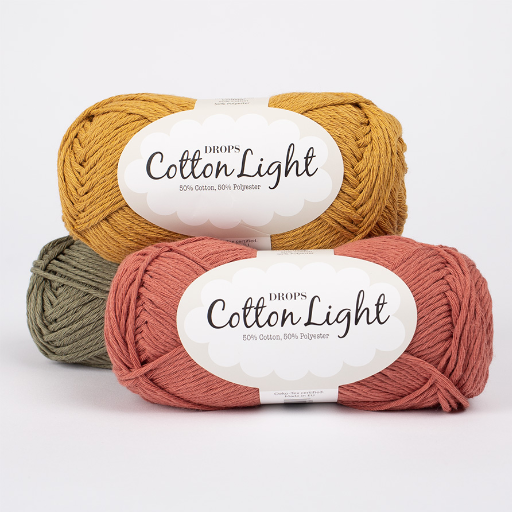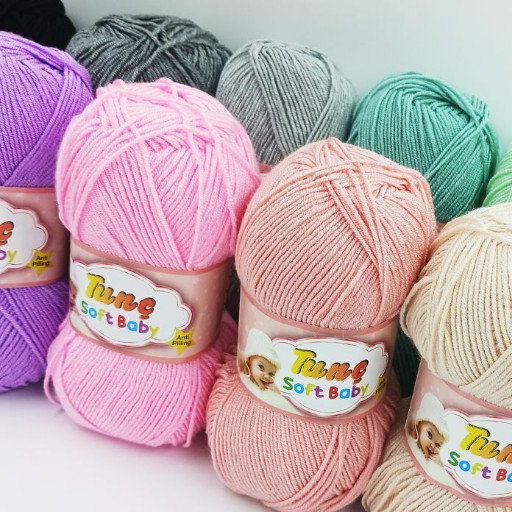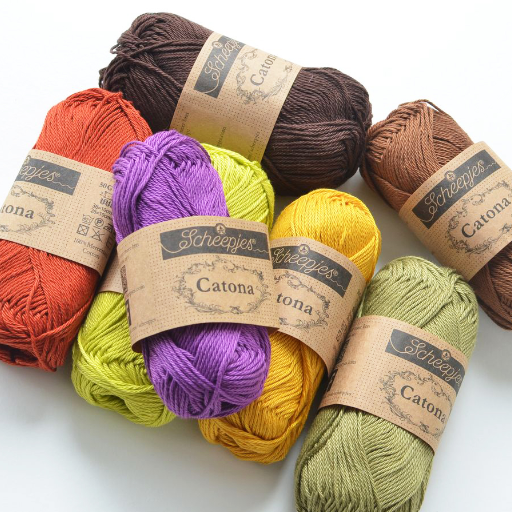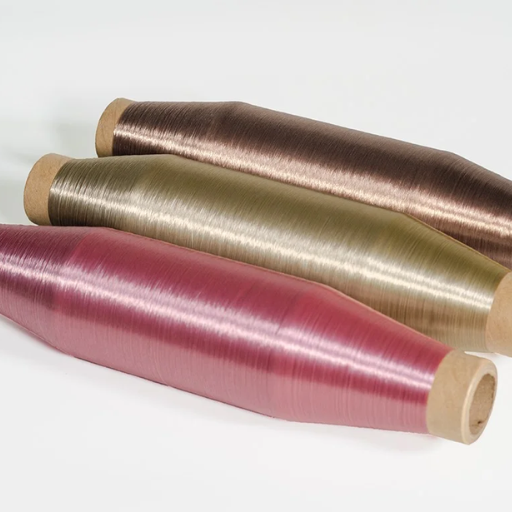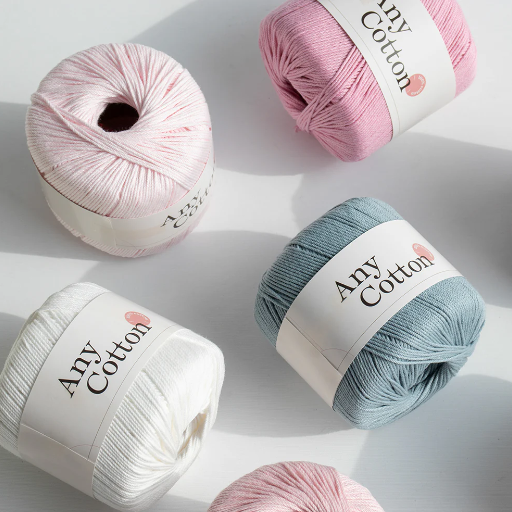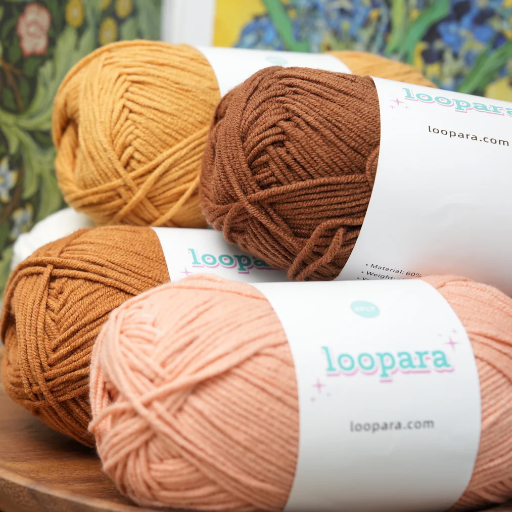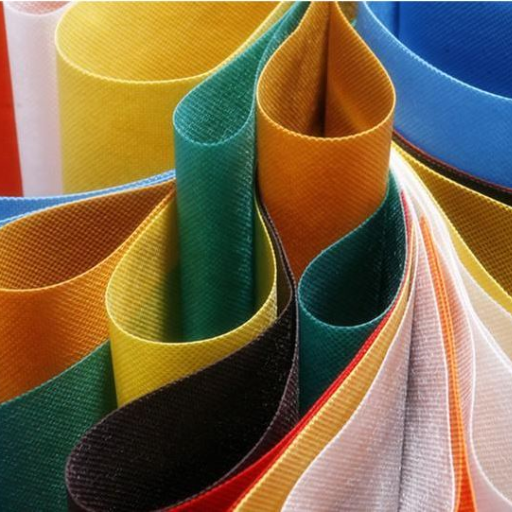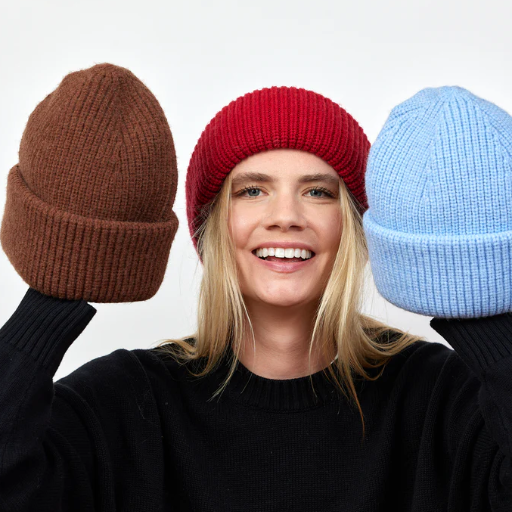Staple fiber is of critical importance to the textile sector as it determines the design, quality, and utility of numerous products. Underpinning it all is a notable textile material, staple fiber, that offers myriad applications, production processes, and properties; these are delineated in this guide. From industry professionals seeking sophisticated knowledge to everyday readers curious about the materials in common fabrics, everyone has something to learn about the contribution of staple fibers towards the textile industry’s improvement in durability, sustainability, and adaptability. So let’s dive into why staple fiber is crucial to modern textiles.
What is Staple Fiber?

A part of a product’s design, quality, and functionality is staple fiber, a primary material in It is important to ask what staple fiber is and its relevance to textile manufacturing. This guide will explore staple fibber’s characteristics, production process and various applications to clarify its meaning. Focusing specifically on textile manufacturing, staple fiber is known as short length of fiber which can be spun to make yarn. Examples of fibers can be natural, such as cotton and wool, or polyester and acrylic which are synthetic. Because of how easy they are to process into a variety of fabric types, staple fibers are very useful in the textile industry. The length and composition of these staple fibers alters the overall quality and characteristics of the product.
Definition and Characteristics of Staple Fiber
Unlike continuous filament fibers, staple fibers are identified by short discrete lengths. Staple fibers also vary in length depending on the source, as cotton fibers range from 0.5 to 2 inches and wool ranges from 1 to 6 inches. Synthetic staple fibers like polyester or nylon are often manufactured to specific lengths for certain production requirements.
Some key characteristics associated with staple fibers include their spun yarn yarn together, which allow for the production of different fabric types an versatile properties. Moreover staple fibers differ in their surface structure, which may be soft and fine or coarse and durable, depending on the raw material and processing methods used. Additionally, staple fibers’ crimp and denier significantly influence their spinning behavior as well as the feel and function of the finished textile. Cohesive and elastic stretchable and resilient fabrics are made of more crimped and coarser fiber.
Cutting technology on staple fibers is now more innovative than ever, introducing eco-friendly shifting options like transformed polyester staple fibers and biodegradable substitutes. These options aim to ease the dampening environmental concerns associated with textile manufacturing without harming fiber quality or in some cases, even improving it. Their mechanical and thermal properties are being studied in relation to single use conditions to test and improve adaptability, resiliency, and green compliance. These factors make the fibers central elements for contemporary textile solutions.
Types of Staple Fiber in Textiles
Fiber used in textiles is broadly classified into natural and synthetic categories. Artificial staple fibers, such as polyester, nylon, and acrylic, are made for greater strength and resistance to environmental factors. For example, polyester is very helpful because of its strength, and resistance to wrinkles and multiple finishing treatments. Another example are acrylic fibers which are loved for their imitation of wool in both look and warmth while being lightweight, more resistant to sunlight, and chemicals.
Natural staple fibers include cotton, wool, and flax which are obtained directly from plants and animals. Their natural assets such as breathability, softness and ability to moisture-wick make them highly desirable. Of all natural fibers, cotton is the most used one due to it’s comfort, malleability and ease of use. Wool is ideal for cold regions because of superb thermal insulation capabilities owing to its crimpy structure along with flax that is praised for it’s strength and the environmentally friendly manner in which it is cultivated.
Synthetic staple fibers also include Polyester which is equally strong. The addition of wrinkles does not alter their strength and can be further treated to finish. Polyester however does have a drawback as its non-biodegradable nature creates a threat for the environment. Acrylics on the other hand provide a whole new range of possibilities as they are lightweight and more resilient to chemical and sunlight.
The other significant group is regenerated fibers, like viscose and lyocell, that come from natural sources like cellulose, but are transformed through chemicals into incredibly useful textile materials. Of all, lyocell is exceptional because of its environmentally friendly production with closed loop systems which reduces waste to a large degree. These varieties of staple fibers are all supplementary to an ever growing and complex textile industry which caters to the consumers and adapts to their sustainability needs.
How is Staple Fiber Used in Apparel?
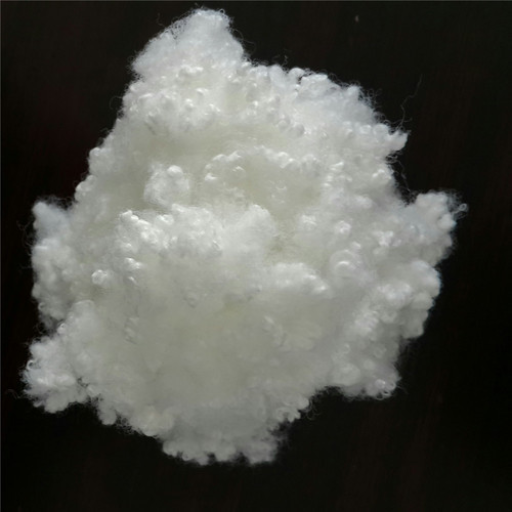
Staple fibers are mostly utilized in the clothing industry to create exquisite durable and soft fabrics. Staple fibers are spun into yarns which are woven or knitted into variety of textiles which include cotton, wool, and synthetic blends. These fabrics are especially used in t-shirts, denim, activewear and outerwear because of comfort. Also, fibers of certain length and texture enhance the properties of fabrics which improves warmth and moisture retention making them popular for lower cost clothing.
The Role of Staple Fiber in Yarn Production
Staple fibers are very important in yarn making because of their specific attributes such as structure, length, and even how well they can adapt to various textile processes. These fibers can be natural like cotton and wool or synthetic such as polyester and nylon. Before these fibers can be transformed into yarn, they go through a few precise preparation processes. It all starts with clipping and blending, which works to clean the fibers mixed to homogeneous, and carding, which aligns the fibers into a web. This process is very crucial because it determines the outcome of the final yarn in terms of quality and performance.
The type of yarn produced is highly affected by the length of the staple fiber. Coarse yarns which contain industrial textiles are produced from shorter staple fibers while higher-end garments are produced from longer staple fibers. The fiber’s strength, elongation capabilities, and tensile strength also effects the durability and elasticity of the textile products. These days, modern technology has improved the machinery used to sew and weave thus improving the standards of manufacturing spun yarns. These improvements have also made staple-fiber based yarns easier to stitch and more accessible in textile manufacturing. Finer fabrics can also be produced more effortlessly. The combination of natural and synthetic staple fibers also increases the scope for designs tailored toward specific performance requirements like moisture management or thermal insulation and improves innovative capabilities.
Benefits of Using Natural Staple Fiber in Clothing
Due to its inherent features, natural staple fibers including cotton, wool, and flax, have considerable benefits when used in clothing. Like cotton, its supple breathability and moisture absorption makes it compatible with warm temperatures and active lifestyles. Wool, however, has exceptional thermal insulation and simultaneously moderates temperature and moisture wicking, making it very good for cooler climates. Flax which is used to make linen, is light and strong, hypoallergenic and lends itself to those with sensitive skin.
These fibers also correlate well with sustainable focus areas. Compared to synthetic options, the biodegradability of these natural fibers is much more environmentally friendly, which is critical for natural fibres. Their suitability for eco-conscious fashion is also improved by new green agriculture and processing innovations. These fibers are also attractive because of modern textile engineering due to factors such as low water consumption dyeing techniques.
What are the Advantages of Staple Fiber?
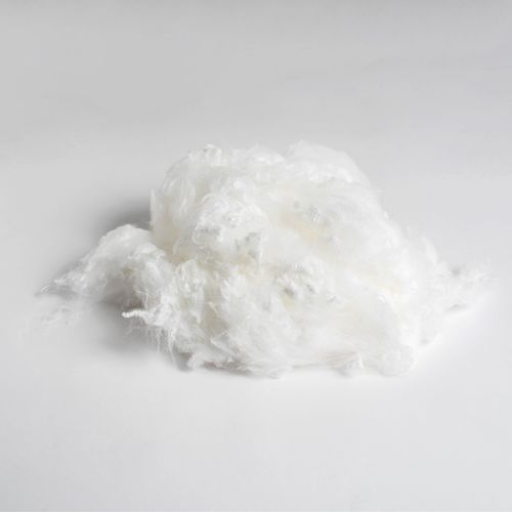
These benefits arise from the fibers characteristics, morphologies, purpose and the technological innovations integrated in their manufacturing. Below is a description of the main benefits of staple fibers and their diverse uses across construction, textiles, composites, geotechnical materials and protective clothing.
- Versatility in Applications:
Staple fibers can easily intermix with other textile yarns used for various products such as sewing fabrics, clothing, curtains, seat covers and industrial uniforms. For these textiles, they can be manufactured with staple fibers of different lengths. They are also very useful in the manufacturing process due to their compatibility with various other materials.
- Comfort and Breathability:
Cotton and wool staple fibers are natural fibers which dry out moisture easily, keeping the user dry and comfortable. Their breathability also makes them fit to be worn in different climates.
- Durability and Strength:
Polyester and nylon staple fibers tend to have lower resistance when it comes to wearing and tearing. This makes them useful in industrial applications like outdoor clothing.
- Eco-Friendliness:
Biodegradability and renewability of natural staple fibers make for a lesser environmental impact than their synthetic substitutes. Cotton and hemp, for example, are becoming more sought after for sustainable practices.
- Affordability:
Natural and synthetic staple fibers have an edge costwise over specialized continuous filament fibers due to their simpler manufacturing methods and more extensive availability.
All the advantages aforementioned are why staple fibers remain critical in modern textile and industrial applications where performance and sustainability are key.
Softness and Comfort in Staple Fiber Fabrics
The natural traits of staple fibers quite aggrieve their softness as well as comfort. Take, for instance, cotton or natural staple fibers. It has short, fine filaments which leads to an easy and soft surface to the skin. In addition to these, further processes in spinning and fiber tweaking improve material softness further to aid manufacturers in making smoother surfaces on fabrics. Fibers such as polyester and rayon also fall under synthetic staple fibers. They tend to be made with very close control of the diameter and length of the fiber, thus optimizing ease and breathability. These factors are of great importance for their use in normal clothes and textiles meant for skin with higher sensitivity.
High-Performance Characteristics of Staple Fiber
Base or staple fibers are manufactured to be more versatile and to use modern technology to its full potential, which allows them to perform well across numerous applications. Their thermal characteristics, especially when combined with advanced fabrics of synthetic polymers, ensure insulation as well as temperature control which is crucial for sports clothing and outdoor travel gear. Furthermore, base or staple fibers have exceptional water-wicking powers due to their unique surface arrangement that allows quick soaking and evaporation of perspiration, guaranteeing comfort.
Another notable characteristic includes their durability under mechanical stress. Modified polyester grade staples and other high-tensile-strength staples are appropriately resistant to abrasion and wear which qualifies them for heavy-duty usage in industrial or commercial textiles. Moreover, other regions such as fiber coatings and treatments have also kept pace by enabling the addition of more stain resistant, antimicrobial, and UV protective properties making staple fibers functional in many environments.
Recent advancements focus on sustainability without compromising performance. For instance, the increasing use of polyester staple fibers in manufacturing is due its lower environmental impact and mechanical properties, in comparison to virgin fibers. This shift is driven by higher environmental standards from consumers with performance expectations still fulfilled.
How Does Staple Fiber Spinning Work?
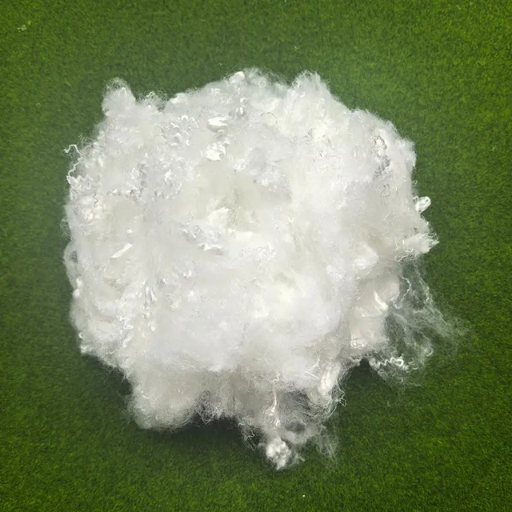
To produce a useful yarn, staple fiber spinning method binds together short pieces of fibers with some twisting. The first step is fiber preparation where raw fibers undergo processes such as cleaning, combing, and alignment for uniformity. Thereafter, a spinning device is used to draw the fiber strands to reduce their diameter and increase strength. The resultant yarn is spun yarn where the fibers are twisted together to create yarn and the twist governed by the intended characteristics of the end product. This technique guarantees that the yarns produced will be strong, yet flexible enough to be used in many different industries.
The Importance of Fiber Length in Spinning
Fibe length implications are most notable because they affect the smoothness, strength and consistency of the resulting yarn. Longer fibers are always preferred during spinning processes as they yield stronger and more durable yarn. Longer fibers minimize weak patches, and pill formation and enhance cohesion between intertwined fibers within the yarn. Advanced spinning technologies measure and calibrate fiber length to optimize yarn production and improve workmanship. Such attention to fiber length proves its basic significance in the thermal industry in terms of efficiency and quality.
Types of Yarns Made from Staple Fiber
Either because of their short length or their unique attribute, Staple fibers give rise to various forms of yarn, categorized by their construction, texture, and intended uses. Some examples are carded yarns, combed yarns and blended yarns.
- Carded Yarns: These are produced from fibers which have undergone carding and are less processed. Carded yarns contain an assortment of shorter fibers and impurities which give it a less polished and uniform appearance. Owing to their cost-effective nature they are commonly used in denims, towels, and flannels.
- Combed Yarns: These are of higher value because they go through the narrowing processes of combing where the fibers are arranged side by side. Details such as short length fibers and other impurities are eliminated in this type. Combed yarns possess greater strength and smoothness making them fit for high end goods such as fine shirting and luxury bedding and even ensuring uniformity throughout.
- Blended Yarns: Staple fibers are often blended with others. An example is polyester blended with cotton or wool with nylon. This has high impact to performance which is durability, elasticity, cost effectically and many others. These yarns are tailored to achieve peak performance along with the needs of the growing industry in apparel, underlayment, upholstery, books, and even in technical textiles.
Recent innovations in compact and rotor spinning have advanced the ways staple fiber yarns can be spun. These methods allow better control of fiber alignment which leads to reduced hairiness and increased tensile strength, broadening the scope of applications for staple fiber based yarns.
What are the Different Fiber Types for Staple Fiber?
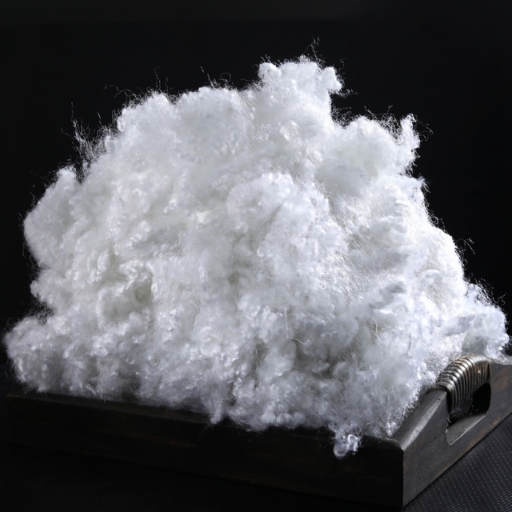
Based on their source, staple fibers can be divided into two main groups:
- Natural Fibers: These are obtained from plants or animals and are staple agricultural products. A very good example of these types are cotton, wool and flax. Cotton for instance and well known for soft breathable fabric is widely used global. Wool on the other hand is quite expansive value ergonomics offering a high insulator.
- Synthetic Fibers: These are fibers that are artificially generated through a series of chemical reactions. Such reflects like polyester, nylon and acrylic most treasured analog are the unprecedented durable, wrinkle resistant, and economical in comparison to natural counterpart.
Both varieties of fibers can be converted into staple lengths appropriate for spinning, which broadens their possible applications.
Natural vs. Manufactured Staple Fiber
The difference between natural and manufactured staple fibers is based on their source, traits, and usage. Cotton, wool, and flax are natural staple fibers because they come from plants or animals. Their primary properties include high softness, breathability, and comfort. Soft and breathable textiles are also easy to wear. If cultivated responsibly, these materials can be ethically grown, which means they can be composted and do not harm the environment. Ethically grown cotton is a perfect example of these materials as it is well-known for moisture absorption, and wool has superb thermal insulation.
On the other hand, manufactured staple fibers are synthesized through chemical or industrial processes, often using petroleum-based polymers. Examples include polyester, rayon, and acrylic, which are valued for their versatility, cost-efficiency, and resistance to shrinkage or creasing. These fibers can be engineered with specific attributes such as enhanced strength, water resistance, or elasticity, making them suitable for specialized applications in sectors like activewear, upholstery, and industrial textiles.
These two groups were alongside each other have modern day innovations now fascinated them. For instance, bio-based polyesters and recycled synthetic fibers are manufactured to have performance but also environmentally friendly. Also, there is an increasing use of hybrid blends of Natural and synthetic fibers in the textile industry to capitalize on the benefits of both types to construct strong, comfortable, and sustainable fabrics. These innovations highlight how far staple fiber technology has advanced in order to keep up with today’s demands.
Common Staple Fiber Sources: Cotton and Wool
Cotton remains one of the most widely used staple fibers globally, prized for its softness, breathability, and versatility. Cotton fibers are composed primarily of cellulose, a natural polymer that provides strength and durability while remaining lightweight. Recent advancements in cotton cultivation have focused on the development of genetically modified varieties that offer higher yields and improved resistance to pests and diseases, contributing to more sustainable agricultural practices. Additionally, organic cotton production, which eliminates the use of synthetic pesticides and fertilizers, has seen a rise in consumer demand. Cotton is predominantly utilized in textiles ranging from basic apparel to high-quality bedding, and its water-absorbing properties make it ideal for garments designed for comfort in warm climates.
An additional critical natural staple fiber is wool, which comes from sheep. It is highly prized for its insulating properties and ability to withstand deformation. Wool fibers consist of air-trapping overlapping cuticle scales that contain keratin and have high content. This makes them capable of providing exceptional thermal regulation. Recent updates in wool processing have focused on softening and fine-tuning, which increased its use in luxury and performance textiles. Regenerative grazing and improved biodegradables offsets chemicals to lower impact wool’s processing during treatment are some of the efforts being made to make wool sustainable. Consumers who care for the environment and need high-performance materials prefer wool due to its biodegradability along with being fire resistant, its moisture wicking capabilities, and renewability.
Reference Sources
-
Understanding Polyester Staple Fiber: Types and Applications
This article discusses the use of polyester staple fiber in various applications, including clothing, home textiles, and industrial uses. Read more here. -
Bamboo Fibre: A Sustainable Solution for Textile Manufacturing
A review paper focusing on bamboo fiber, its extraction methods, properties, and applications in textiles. Read more here. -
Staple Fiber Market Size, Trend, Demand Analysis by 2033
This report highlights the extensive use of staple fiber in home and apparel textiles, as well as its industrial applications. Read more here.
Frequently Asked Questions (FAQs)
Q: What is staple fiber in the context of textiles?
A: Staple fiber refers to fibers that are of relatively short length, often measured in inches. Unlike filament fibers, which are continuous, staple fibers are typically used to produce yarns through spinning processes.
Q: How does staple length affect yarn quality?
A: The staple length can significantly impact yarn quality. Longer staple fibers, such as those found in high-quality cotton, typically produce smoother and stronger yarns, while short staple fibers can lead to pilling and a rougher texture.
Q: What is the difference between filament and staple fibers?
A: Filament fibers are long, continuous strands, while staple fibers are shorter and need to be spun together to create yarn. Filament yarn is usually smoother and stronger, whereas staple yarns can have more texture and warmth.
Q: Can staple fibers be blended with other types of fibers?
A: Yes, staple fibers can be blended with other types of fibers, including filament fibers. Fiber blends can enhance properties such as durability, softness, and moisture management, making them ideal for various applications in home textiles.
Q: What is pilling, and how is it related to staple fibers?
A: Pilling occurs when small balls of fiber form on the surface of the fabric, often as a result of friction. Fabrics made from short staple fibers are more prone to pilling compared to those made from longer staple fibers.
Q: What types of yarn can be produced from staple fibers?
A: Staple fibers can be spun into various types of yarn, including woolen and worsted yarns. Woollen yarns are typically made from shorter staple fibers and are bulkier, while worsted yarns are made from longer staple fibers and are smoother.
Q: What role do spinnerets play in the production of staple fibers?
A: Spinnerets are used in the production of filament fibers, not staple fibers. However, understanding this process is important as it showcases the difference in production techniques between filament and staple fibers.








